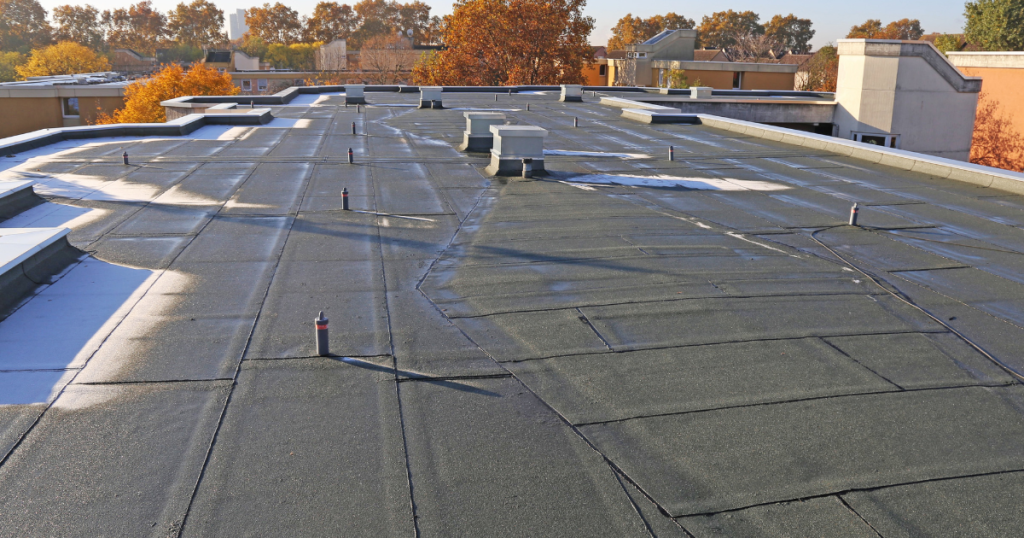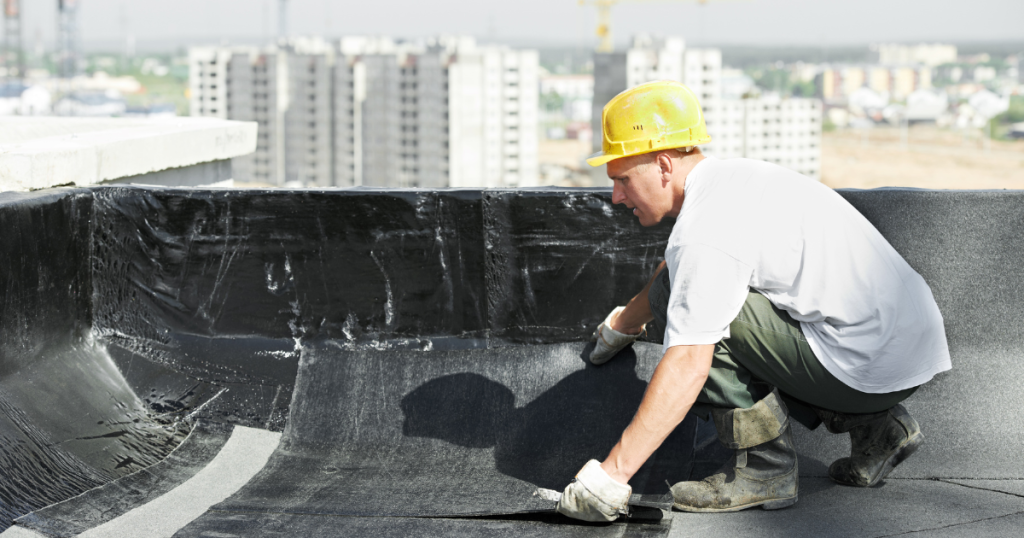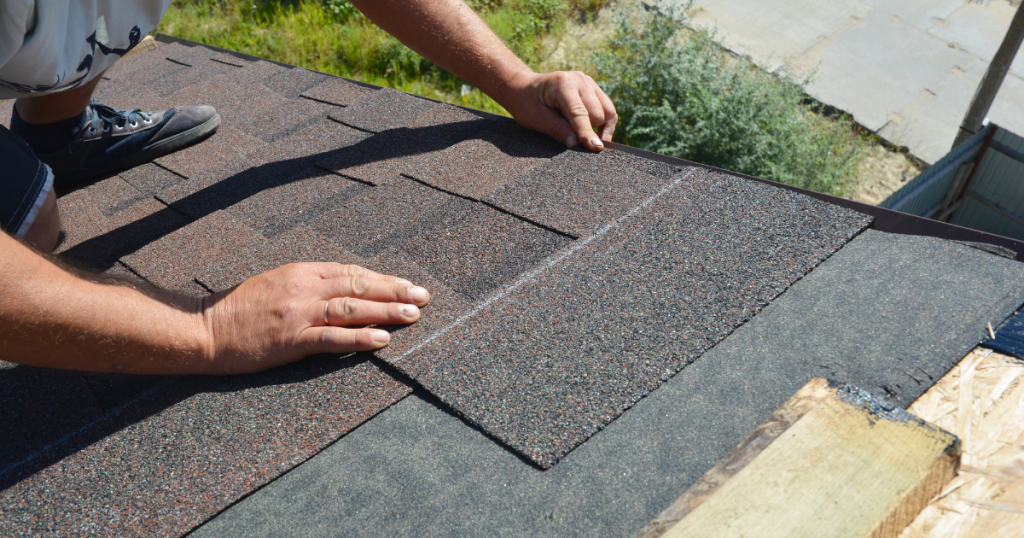A fabric reinforced roof, also known as a reinforced membrane roof, uses a synthetic fabric material that has been coated with a waterproofing agent to create a protective barrier.
It is commonly used in commercial establishments and can be directly applied to a flat roof, concrete roof, or any existing roof system.
That’s how versatile fabric-reinforced roofing systems are. Keep reading below to find out if it’s the best choice for your commercial roof.
What is Fabric Roof and Reinforced Roof?

To understand what a fabric-reinforced roof is, it’s important to first define the terms “fabric roof” and “reinforced roof.”
A fabric roof is a type of roofing system that utilizes a membrane made of synthetic materials such as Polyvinyl Chloride (PVC) or Thermoplastic Polyolefin (TPO) to create a waterproof barrier over the structure. This type of roofing system is often used in commercial and industrial buildings because of its durability and resistance to the elements.
On the other hand, a reinforced roof is a roofing system that utilizes additional materials such as metal, concrete, or fiber to “reinforce” the roof structure and increase its strength and durability. Reinforced roofs are commonly used in extreme weather conditions or where the roof is expected to withstand heavy loads such as snow or equipment.
What is the Purpose of a Fabric Reinforced Roofing System?
The main purpose of fabric reinforcement roofing is to add strength and durability to an existing roofing system. Fabric reinforcement materials, such as polyester or fiberglass, are applied to the surface of the roof and then coated with a waterproofing material to create a strong and durable roofing membrane.
This roofing membrane can help protect the underlying roof structure from damage caused by weather, foot traffic, and other types of wear and tear.
Fabric reinforcement roofing can also help control leaks and extend the life of the roof. The added strength and durability provided by the reinforcement prevent cracks and other types of damage from forming, reducing the likelihood of water infiltration and different types of damage.
All these features further protect the interior of the building from water damage and other issues, which can be expensive and time-consuming to repair.
[Related: 3 Types of Roofing Membrane for Commercial Buildings]
Pros and Cons of Fabric Reinforced Roof Systems

Fabric-reinforced roofing has both advantages and disadvantages, which should be considered when selecting a roofing system for a commercial or industrial building. Here are some of the pros and cons:
Pros:
- Cost-effective: Fabric-reinforced roofing systems are typically less expensive than other roofing systems, such as metal or concrete, because they require fewer materials and can be installed more quickly.
- Durable: This durable roofing system is highly resistant to tears, punctures, and other forms of damage, making it an ideal choice for areas with extreme weather conditions or heavy equipment.
- Lightweight: Fabric-reinforced roofs are lightweight and easy to transport, which can help reduce shipping and handling costs.
- Easy to install: The fabric membrane used in fabric-reinforced roofing can be installed quickly and easily, reducing labor costs and disruptions to business operations.
- Excellent Energy Efficiency: Some types of fabric-reinforced systems are designed to reflect the sun’s heat rays and reduce the amount of heat absorbed by the building, which can help reduce energy costs.
Cons:
- Vulnerability to punctures and tears: While the synthetic fabric material used in fabric-reinforced roofing is highly resistant to damage if installed improperly, it is still possible for sharp objects or heavy equipment to puncture or tear the membrane. These damages can lead to leaks and other issues like expensive roof tear-offs.
- Limited lifespan: Fabric-reinforced roofing typically has a lifespan of around 15-20 years, which is shorter than other roofing systems such as metal or concrete.
- Maintenance requirements: Regular maintenance is needed to ensure that the membrane remains in good condition and to prevent leaks and other issues.
- Limited color options: The synthetic fabric material used in fabric-reinforced roofing is typically available only in a limited range of colors, which may not match your desired aesthetic.
Make sure to consult an expert roofer in your area to assess your building and help you decide whether a fabric-reinforced roof is ideal for your property.

Call a Credible Roofer for Fabric Reinforced Roofing System Installation
Fabric-reinforced roofs are a significant investment to preserve and lengthen the lifespan and integrity of your commercial building. Building owners can greatly benefit from this leak-resistant, seamless membrane to prevent water and environmental damage.
If you’re ready to have your new fabric-reinforced roofing system installed, Easy Roof Solutions is here to help! We have over 35 years of experience in the roofing industry, and you can rely on us for any of your commercial roofing needs.
Call us for a free consultation today.
Ken Byler
Founder of Easy Roof Solutions, LLC. He started in the construction industry at the age of 14 and has been involved in it for over 25 years. His wide experience in commercial roofing speaks for itself.
Outside his roofing work, Ken enjoys being in the great outdoors, traveling to new places, and bonding with his wife and children.





